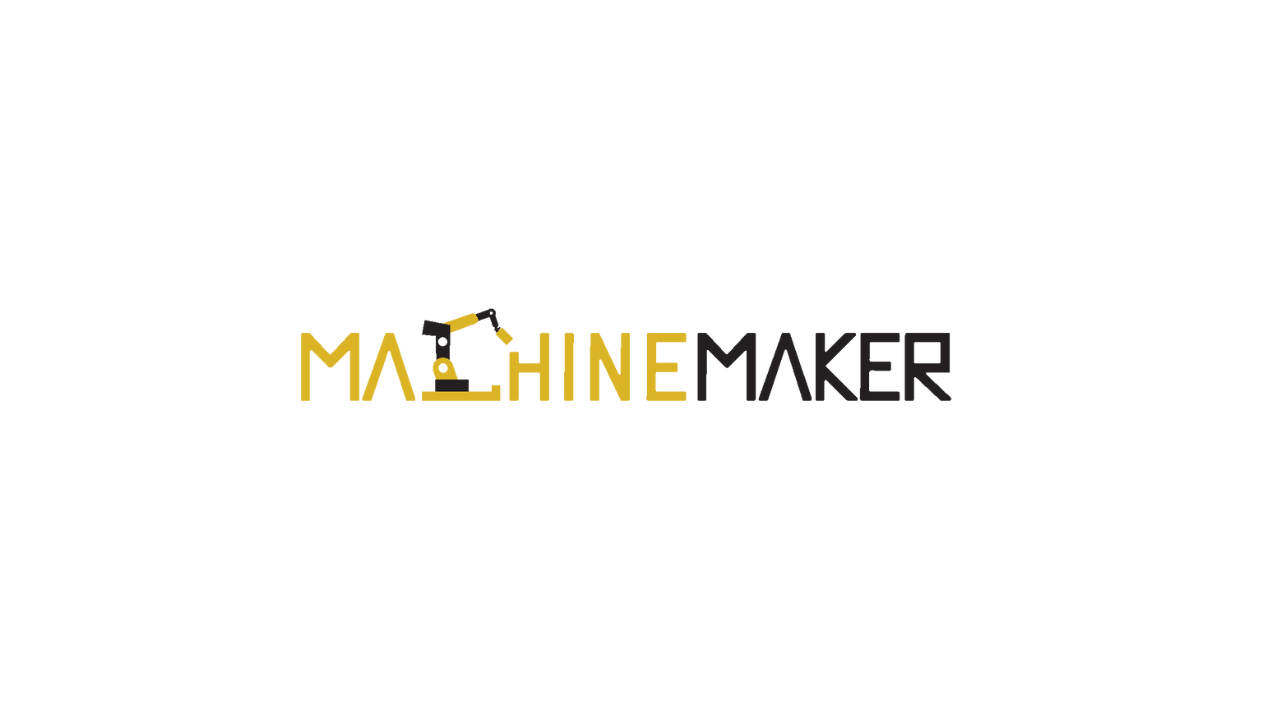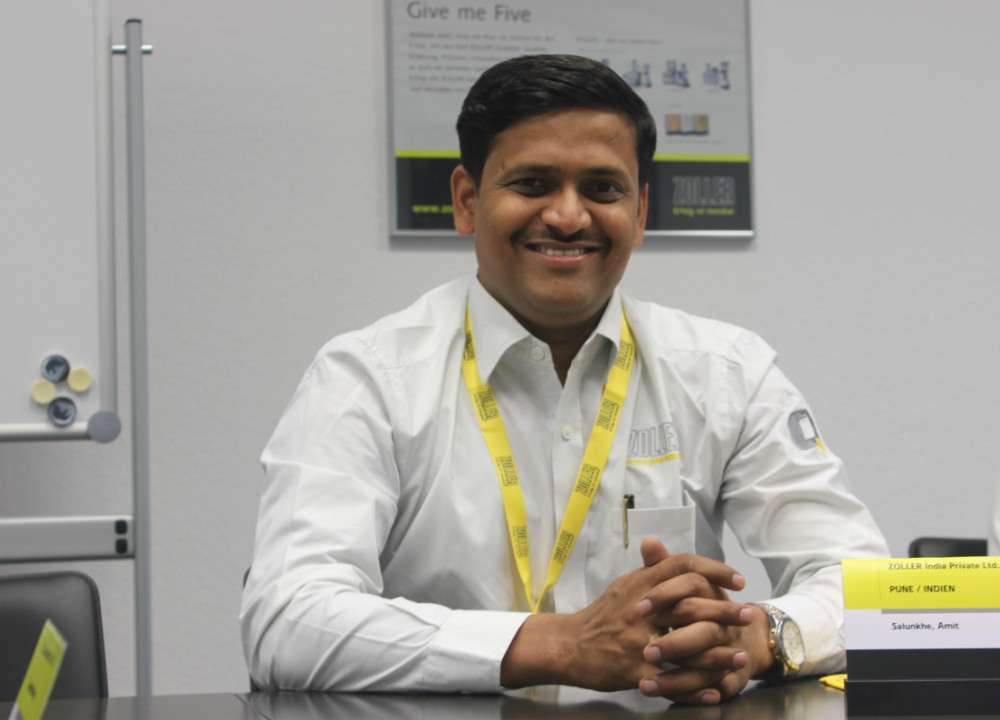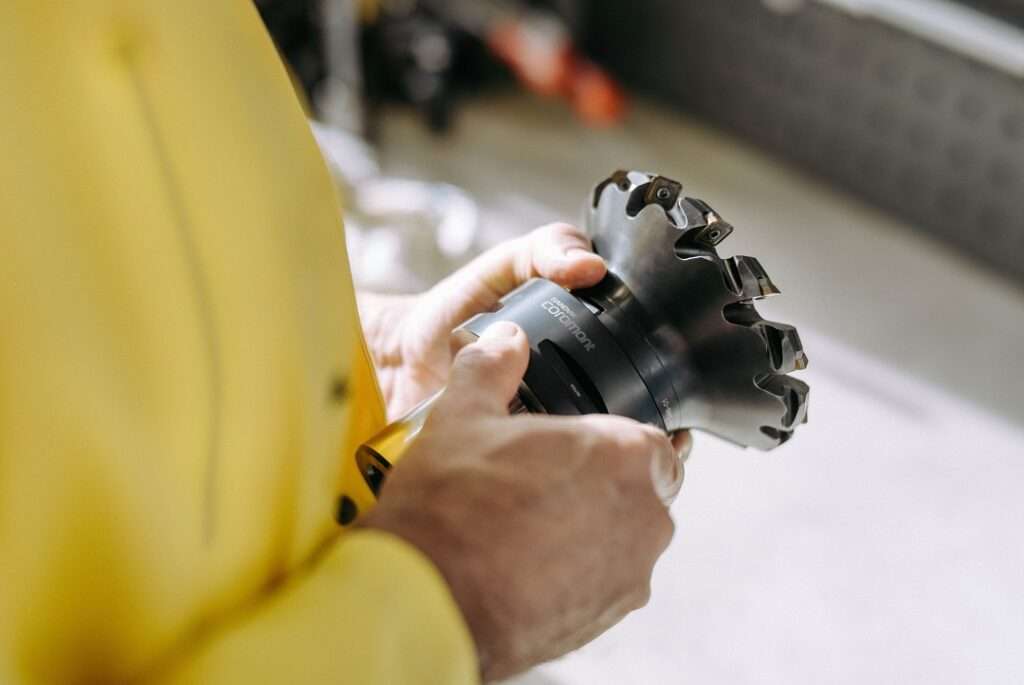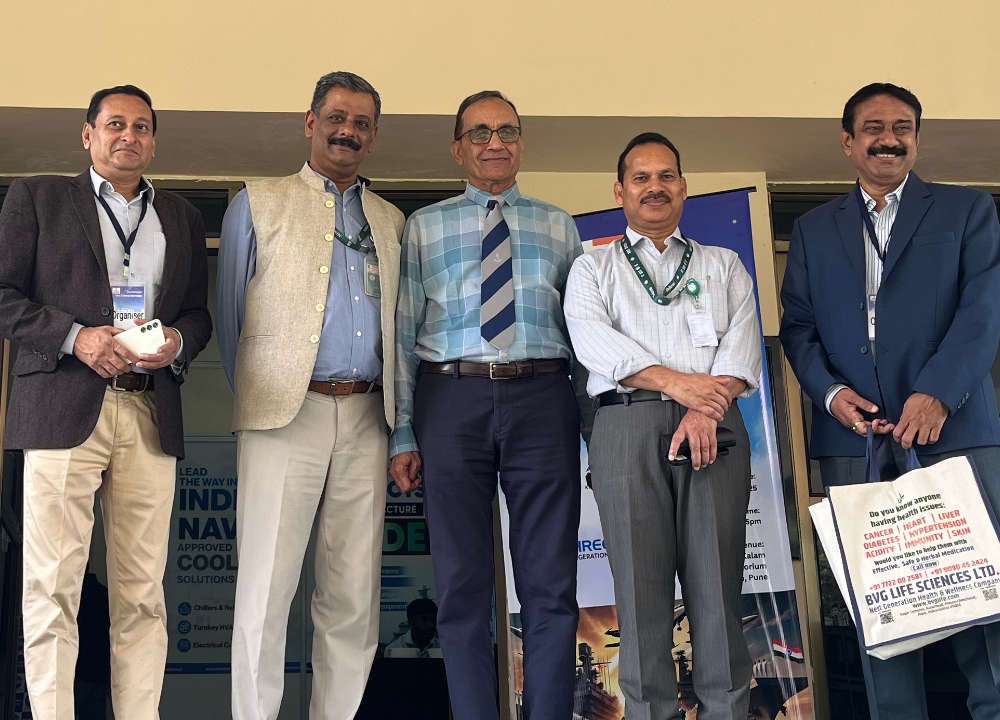Sandvik Coromant’s CoroMill® MH20 optimized for component features with long overhangs
Engineers machining aerospace components cannot afford to make mistakes. Quality control standards for these components are incredibly high, which is amplified when using long tools to machine deep narrow pockets. Here, Sangram Dash, Product Application Manager for Indexable Milling at Sandvik Coromant, explains how the CoroMill® MH20 high feed milling cutter can support error free production in aerospace component manufacturing.
Machining components for aerospace is challenging. Manufacturers produce components with thin floors and walls, deep pockets and tight corners. These features require a tool that is light cutting, offers high stability in operation and maintains stable control particularly when using long tools to mill deep narrow pockets.
A tool’s ability to machine at long overhangs is an important requirement when milling deep narrow pockets, often the case when producing components such as supporting beams found in the sub-segment aerospace frame. These beams are often machined from forged titanium and, when paired with the requirement for long overhangs, creates a difficult machining environment with a high risk of vibration.

Machining vibrations can lead to superficial imperfections in the workpiece, which affects the quality of the final product. Other problems with vibrations include that chip thickness does not remain constant and, because of this, the cutting forces also vary. Vibrations can cause insert or tool breakage, in some cases.
Fewer corners In response to this challenge, Sandvik Coromant has developed CoroMill® MH20, a new high-feed milling cutter designed primarily for milling cavities, or pockets, in ISO S, M and P materials.
The design of CoroMill® MH20 has several innovations, including a new cutter body material that’s been used for the cylindrical shank bodies to minimize wear and tear during machining. The material reduces chip rubbing and coining, which is when high stress or cutting forces create plastic deformation on the insert seat. The features of CoroMill® MH20 will ensure a better tool life.
When designing the tool, Sandvik Coromant’s engineers kept the stringent requirements of aerospace at the fore. For example, the tool is capable of completing several different feature operations which reduces the number of tools, changeovers and tool handling required during manufacturing. This helps reduce cycle times and improves manufacturing economics.
Furthermore, for the first time in high feed concepts, Sandvik Coromant has introduced dedicated insert geometries for different ISO areas for improved process security and productivity. In contrast to conventional four-edge insert concepts, the CoroMill® MH20 has a two-edge insert. This is beneficial as it means the weakest section of the insert is far away from the main cutting zone, for greater reliability and protection against wear. It also means that machining against a corner or wall will not impact the next edge or leading corner, ensuring an equal performance per edge.
Another area of innovation is CoroMill® MH20’s insert cutting edge geometry. The sloped edge design delivers a gradual and light-cutting action, which requires less power consumption to enable the use of smaller machines. The optimized edge line of the main cutting edge and insert corner radius delivers further process security.
Precision machining
One longstanding Sandvik Coromant customer, an aerospace subcontractor, was experiencing issues while machining long and thin arbor components for aircraft. An arbor is a spinning component that attaches to the propeller, and supports the bore that slides over the propeller shaft so the bore can turn freely and stably. The arbors, which were a new component for the customer, proved difficult to machine due to their eccentric and sometimes extreme dimensions, and were impossible to turn in some cases.
As a consequence, pockets milled into the Inconel alloy workpiece were sometimes two to three millimeters off-center. In addition, the customer’s existing tool demonstrated very poor tool life, and a lot of scraps that suggested poor machinery-to-tool connection. The arbor components were even bending in some cases, because the milling cutter was pushing on the component rather than cutting off the material.
Turn milling was identified as a solution, which involves rotating the workpiece around its centre point. This milling technique is often recommended in cases where a product’s forms or shapes deviate considerably from those of conventional milling as was the case with the arbors. However, when turn milling was initially tried, the customer experienced problems with vibrations.
To resolve these issues, Sandvik Coromant recommended CoroMill® MH20 for the turn milling operation. The milling cutter was chosen for its very light cutting action to prevent bending of the component, while give a more competitive price per edge. CoroMill® MH20 integrated easily into the customer’s setup. But, another challenge was that the customer had never used the turn milling technique before. Sandvik Coromant’s specialists worked closely with them to the explain the technique, and provided recommendations and instructions for the computer numerical controlled (CNC) milling program.
CoroMill® MH20 was used to machine Inconel 718 and A286, an iron-base alloy with high strength and excellent fabrication characteristics, which are each popular materials in aerospace. The tool ran at a cutting speed (vc) of 40 m/min, a feed per tooth (fz) of 0.3 mm/tooth and an axial depth of cut (ap) of 0.5 mm. Crucially, it was necessary for CoroMill® MH20 to outperform the customer’s existing tool within just 30 minutes of machining time, so to avoid the risk of vibrations.
In the end, CoroMill® MH20 showed an improved service life. In addition, a big advantage of the tool was its very light cut, which allowed accurate machining that had been impossible with the previous tool and which could be achieved with increased cutting parameters and within the shorter 30-minutes machining time. Lastly, CoroMill® MH20 achieved this with one or two fewer teeth than the competing tool.
Sandvik Coromant’s cutting solution has opened up opportunities with pocketing for the aerospace subcontractor. By upgrading to CoroMill® MH20, the customer has achieved a significantly improved tool life and more secure, vibration-free machining processes. With these advantages, the cutting tool has proven beneficial when precision machining tough materials, including at long overhangs, and particularly against the quality control standards for aircraft components








